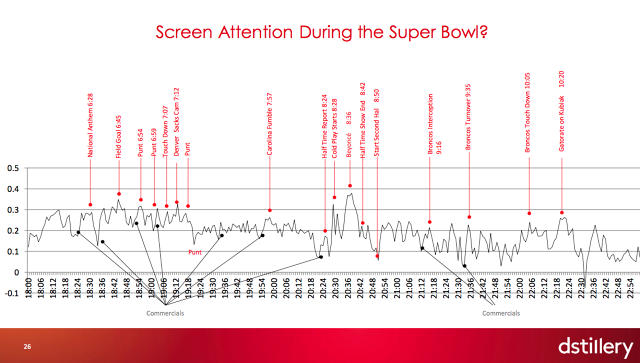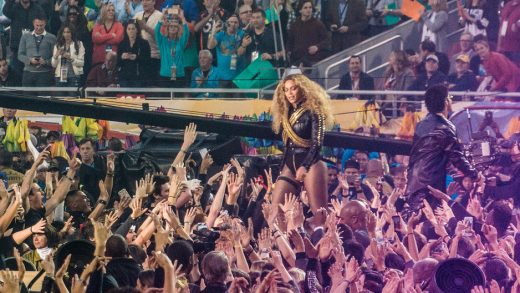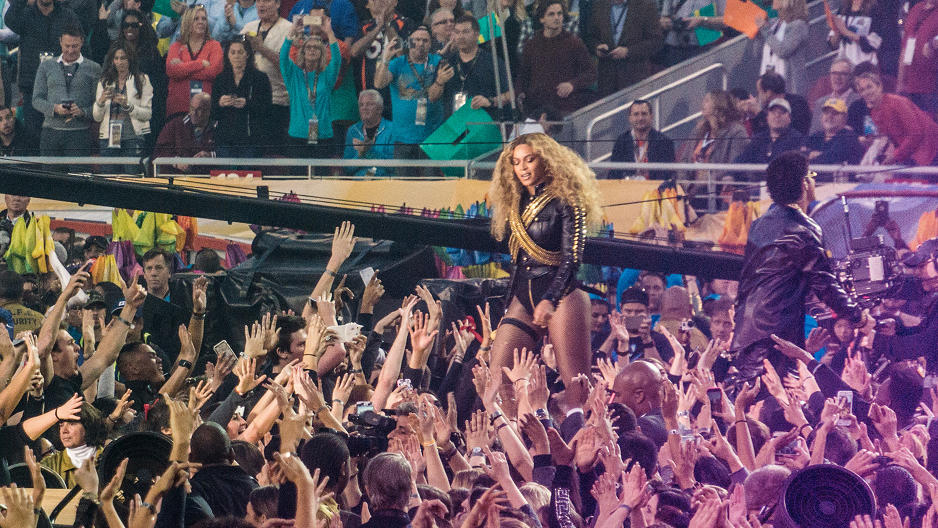The Trick Data Scientists Use To Know You’re Paying Attention To Beyoncé
Advertisers spend millions of dollars every year trying to figure out what you’re doing online. But sometimes it’s what you’re not doing that speaks the loudest.
Your browsing habits, favorite websites, and other digital breadcrumbs have become valuable currency for brands and businesses that want to sell you things. But advertisers prize something else even more: your attention. The problem is that attention is extremely difficult to measure. It’s that moment when you tune out the cacophony of distractions around you and truly give yourself over to what’s on your screen.
Attention is pure zen. How do you measure pure zen?
Claudia Perlich has found one way. The chief scientist at Dstillery, an ad-tech firm, spends a lot of time building predictive computer models that help deliver targeted online ads to the right consumers. As it turns out, the data she collects is helpful for measuring certain offline behaviors as well. Speaking at an event last week as part of the Fast Company Innovation Festival in New York, Perlich revealed an interesting trick she uses to measure those moments during a television broadcast when viewers are paying the most attention.
As an example, she mapped out the entire broadcast of the 2016 Super Bowl that attracted a massive TV audience of 111 million viewers. Those viewers, Perlich notes, were glued to their TV sets during one particular moment—and it wasn’t when the Denver Broncos scored their final victory points over the Carolina Panthers. On the contrary, the most attention-grabbing moment wasn’t during the game at all.
“It was when Beyoncé tripped onstage,” Perlich says, referring to a few seconds during the halftime show when Beyoncé slightly lost her balance in a dance routine. To Super Bowl viewers, that brief mishap was the pure zen of the broadcast. They were spellbound.
How does Perlich know this? It’s all thanks to the wonderful world of programmatic advertising. When 111 million people are watching a single TV broadcast at the same time, a sizable chunk of them are on their phones or computers, too. As they watch the big game, their attention is divided between their TV screens and whatever distraction is beckoning online, whether it’s Twitter, Candy Crush level 15, or what have you. That’s what advertising types like to call the “second screen.”
Let The Bidding Begin
You may not realize this, but whenever you do something online—like visit a website or open a new app—a frantic real-time bidding war takes behind the scenes. This process happens so websites can decide which ads to show you and how much to charge. The bidding is often automatic, hence the term “programmatic,” and it happens at lightning speed. According to Perlich, Dstillery gets a staggering 70 billion bid requests a day from online ad exchanges.
“These exchanges are trying to make me bid on the opportunity to show people ads,” Perlich explains. “In order for me to show you an ad, you have to do something on your device.”
In other words, the bid requests represent the online activity of phone and computer users around the country. By measuring the volume of those requests in any given minute, it’s possible to roughly measure online activity. That’s what Perlich did for the Super Bowl, overlaying an inverted line graph that represented the volume of bid requests during the broadcast. The lower the volume, the higher the lines—presto, an attention graph.
When something interesting happens on people’s TV screens, viewers momentarily stop fiddling with their phones and computers. That’s why the bid requests go down.

The graph, which Perlich showed off during a presentation at Dstillery’s office in midtown Manhattan, reveals some interesting insights. For instance, attention clearly dips during the commercials, meaning advertisers might want to rethink the estimated $5 million they shelled out for a 30-second spot this year and divert more of those dollars to online advertising. It also shows attention to the broadcast waning toward the end of the game, representing the fact that viewers already suspected the Broncos had it in the bag.
But it’s during the halftime performance—which included Coldplay and Bruno Mars, in addition to Bey—where the attention line is through the roof.
“The highest change in attention happens right there, when Beyoncé hits the stage,” Perlich says, pointing to the center of the graph.
Incidentally, I went back and watched the dance routine in question, and I have to say, Beyoncé barely misses a beat before she’s back on her feet and killing it. No wonder viewers were spellbound. Tripping on stage is entertaining, but people love a good comeback even more. What can we say? Pure zen.
Fast Company , Read Full Story
(35)














